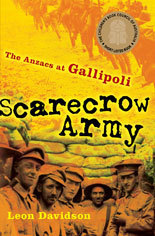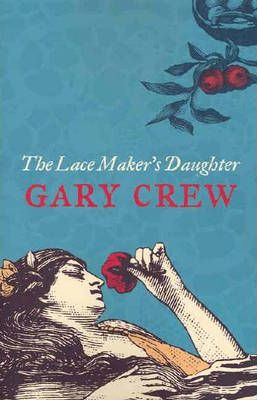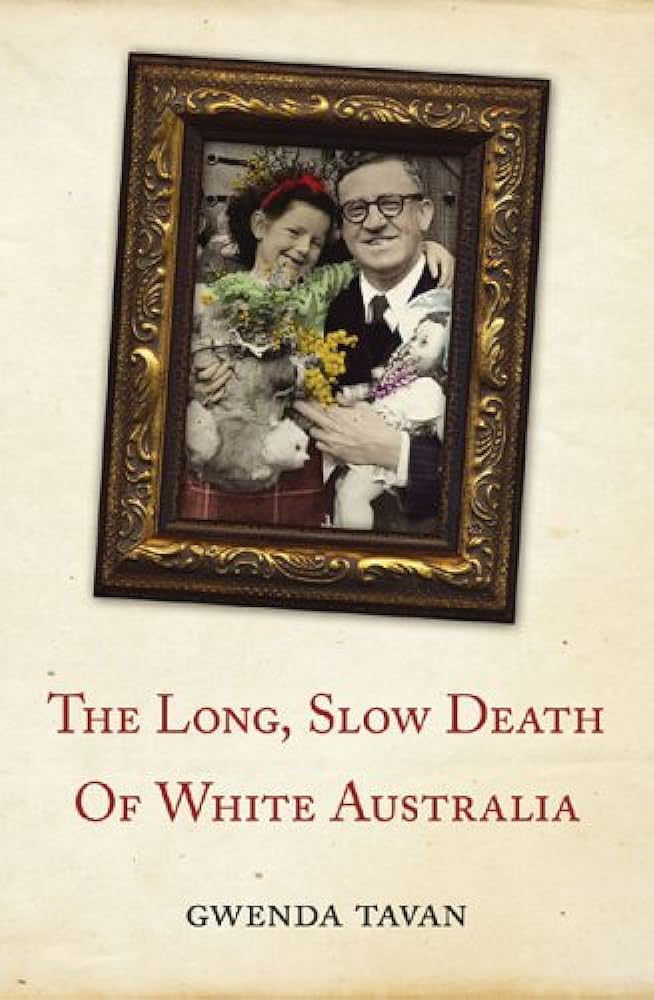Archive
Cultural Studies Review edited by Chris Healy & Stephen Muecke & Australian Historical Studies edited by Joy Damousi
Scarecrow Army by Leon Davidson & Animal Heroes by Anthony Hill
The Lace Maker's Daughter by Gary Crew & The Never Boys by Scott Monk
I was looking at Pieter Bruegel the Elder’s De Toren van Babel in Rotterdam, where I had gone for the day to escape the low skies and oppressive winds that buffet The Hague in springtime. Bruegel’s masterpiece has an exquisite stillness and delicacy, despite portraying the Tower of Babel in its first stages of busy construction. Ladders and wires are hung from its sides; the harbour on which it is being built throngs with ships unloading cargo and tools and manpower; its workers look as frail as insects perched on its myriad levels, hard at their labour. The tower is depicted such that it appears to be leaning slightly away from the sea, giving the impression that it is volute rather than level, its climb precariously leading to infinity. This impression is heightened by Bruegel’s use of colour: at its base, the tower is the colour of faded, earthy sandstone, but as it spirals into the sky it moves towards a rusted orange, and, at the point where the tower pierces the clouds, it turns a vivid red, as if to represent the wrath that awaits its completion. The clouds are menacing. Far in the distance, well beyond the tower, the skies are clear and fresh, unthreatening; but a gloom casts shadows over the side that faces the harbour where, under the pall, workers are trying to complete their task.
... (read more)Howard's Second and Third Governments: Australian Commonwealth Administration 1998–2004 edited by Chris Aulich and Roger Wettenhall
Tattoo: Bodies, art and exchange in the Pacific and the West edited by Nicholas Thomas, Anna Cole and Bronwen Douglas
The Astrolabe by Susan Arnott & Our Enemy, My Friend by Jenny Blackman
ABR welcomes letters from our readers. Correspondents should note that letters may be edited. Letters and emails must reach us by the middle of the current month, and must include a telephone number for verification.
... (read more)In a country famously saturated with prizes, the ABR Reviewing Competition is unique. It is widely regarded as one of the most constructive and needed awards, which is why we have brought forward the third competition from the advertised date of 2006. Announcing the winners of last year’s competition in the December 2004–January 2005 issue, ‘Advances’ reported that 100 new and experienced reviewers had entered, in three categories: fiction, non-fiction (including poetry) and children’s/young adult books. Our winners were Maya Linden, Vivienne Kelly and Stephanie Owen Reeder, respectively, all of whom (in addition to having their winning review published in the February 2005 issue of ABR) have gone on to write for the Review (Dr Reeder, indeed, has just become an editorial adviser). ABR looks forward to a similarly rich crop this year.
... (read more)






